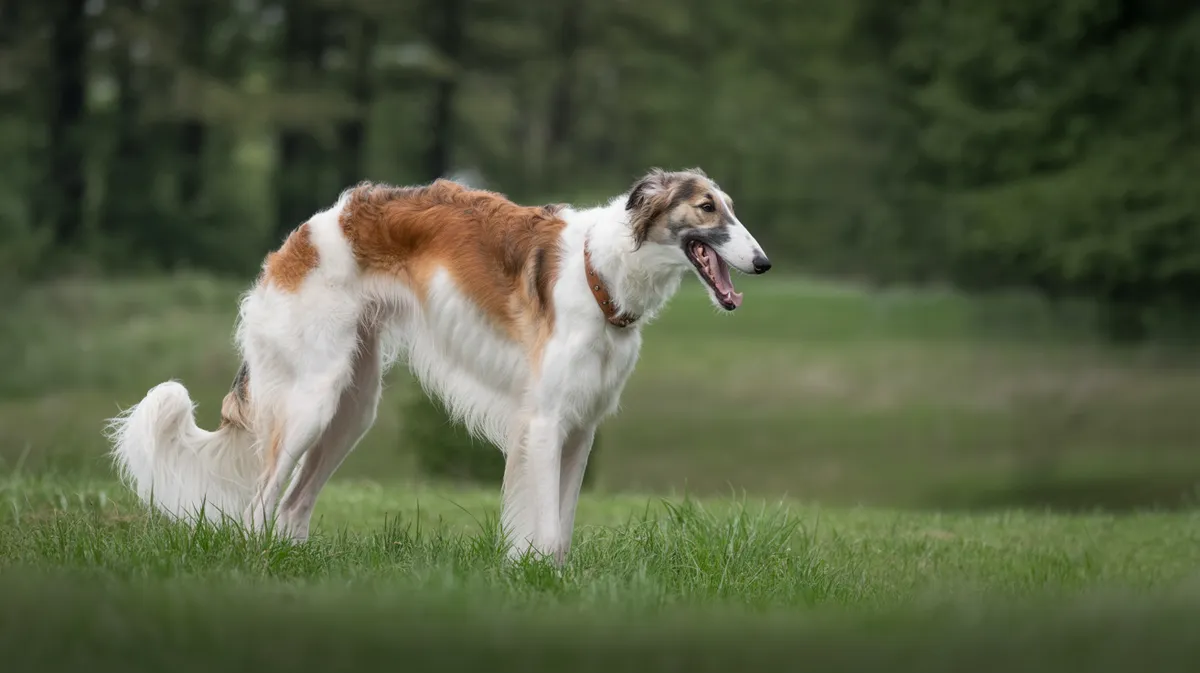
Borzoi
Canis lupus familiaris
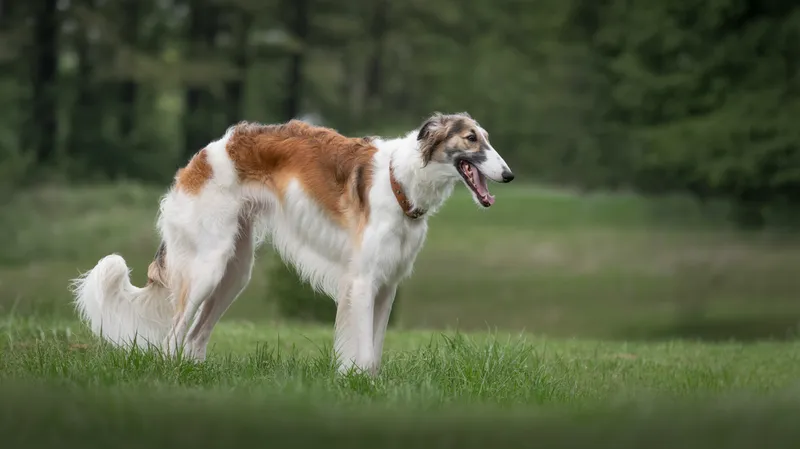
Meet the Borzoi
The Borzoi, also known as the Russian Wolfhound, is a graceful and aristocratic breed originally developed in Russia for hunting wolves and other game. Renowned for their slender build, long legs, and silky, flowing coats, Borzois are sighthounds that rely on keen vision and speed to pursue prey. They are gentle, intelligent, and reserved dogs, often forming strong bonds with their families while maintaining a calm and dignified demeanor. Their elegant appearance and athletic ability make them a favorite in both the show ring and as companions.
Classification
Mammal
Habitat
Domestic, originally adapted to open grasslands and forests
Diet
Carnivore
Lifespan
7-12 years
Conservation
Least Concern
Weight
60-105 lbs (27-48 kg)
📖Fascinating Facts
Elegant Sighthound
Borzois use their exceptional eyesight rather than scent to track and chase prey over long distances.
Royal Roots
The breed was highly prized by Russian nobility and often gifted between royal families across Europe.
Impressive Speed
Borzois are capable of running at speeds rivaling those of Greyhounds, making them formidable hunters in their heyday.
📋Detailed Description
The Borzoi is a large, elegant sighthound breed distinguished by its elongated, narrow head, deep chest, and long, slender limbs, which contribute to its exceptional speed and agility. Adult males typically stand 75–85 cm (30–33 in) at the shoulder and weigh 34–48 kg (75–105 lbs), while females are slightly smaller at 68–78 cm (27–31 in) and 27–41 kg (60–90 lbs). The breed's luxurious, silky coat can be flat, wavy, or slightly curly, providing insulation against harsh Russian winters. Borzois possess a flexible spine and a double-suspension gallop, allowing them to reach speeds up to 58 km/h (36 mph) in pursuit of prey. Their keen eyesight is adapted for detecting movement at great distances, a trait essential for their historical role in coursing wolves and hares across open terrain. Behaviorally, Borzois are known for their quiet, gentle demeanor and strong attachment to their human companions, though they often display independence and reserve with strangers. Socially, they tend to be calm and coexist well with other dogs, especially those of similar size and temperament. Reproduction is typical of large breeds, with litters averaging 6–8 puppies. Unique adaptations include a narrow, aerodynamic skull, powerful hindquarters, and a highly developed sense of sight, all of which contribute to their efficiency as pursuit predators.
💡 Did you know?
Despite their hunting heritage, Borzois are known for being surprisingly quiet and rarely bark.
🔬Research & Sources
Wikipedia Summary
The Borzoi or Russian Hunting Sighthound is a Russian breed of hunting dog of sighthound type. It was formerly used for wolf hunting; until 1936, the breed was known as the Russian Wolfhound.
Last Modified: 5/21/2025
🎭Behavior & Social Structure
Borzois are primarily crepuscular, showing increased activity during dawn and dusk, which aligns with the natural behavior of their prey. In hunting scenarios, they rely on visual cues to detect and chase moving animals, often working in pairs or small groups to outmaneuver and exhaust their quarry. Their feeding behavior in domestic settings is unhurried, and they may exhibit selective appetites. Socially, Borzois are typically gentle with family members and other dogs but may display a strong prey drive toward small animals. They are generally quiet, barking infrequently, and prefer calm, predictable environments. Daily routines often include periods of rest interspersed with short bursts of high-speed running, reflecting their heritage as sprinters rather than endurance runners. Early socialization is important to prevent timidity or excessive aloofness.
👶Reproduction & Life Cycle
Borzois reach sexual maturity between 18 and 24 months. The breed does not have a defined breeding season, as domestic dogs can breed year-round, but responsible breeders often plan litters for spring or early summer. The estrous cycle lasts approximately 21 days, with optimal fertility around days 10–14. Gestation averages 63 days. Litter sizes range from 4 to 12 puppies, with 6–8 being most common. Borzoi mothers are attentive, providing warmth, grooming, and protection to their pups for the first several weeks. Puppies are typically weaned at 4–6 weeks and begin socialization and basic training shortly thereafter. Both parents may display protective behaviors, but primary care is provided by the dam.
🛡️Adaptations & Survival
Physically, Borzois are adapted for high-speed pursuit with a deep chest for increased lung capacity, long limbs for extended stride, and a flexible spine for efficient galloping. Their narrow skull and long muzzle enhance their field of vision, while their light, dense coat provides protection from cold without impeding movement. Behaviorally, their acute vision and instinct to chase moving objects are specialized for sight-based hunting. Their calm temperament and low reactivity are likely products of selective breeding for manageability during hunts and in aristocratic households. The breed's ability to conserve energy by resting for long periods is an adaptation to the sporadic nature of hunting large prey.
📚Research Sources
🎨Cultural Significance
The Borzoi holds a prominent place in Russian culture, historically associated with the aristocracy and nobility. For centuries, Borzois were bred and maintained by Russian tsars and noble families, often depicted in art, literature, and folklore as symbols of grace, speed, and nobility. Large-scale wolf hunts, known as 'psovaya okhota,' were major social events, with Borzois playing a central role. The breed's elegance and regal bearing have made it a favorite subject in paintings and sculptures, and it has appeared in works by artists such as Velázquez and writers like Leo Tolstoy. Today, the Borzoi is celebrated in dog shows and remains a status symbol in some circles, representing Russian heritage and tradition.
🔬Recent Research & Discoveries
Recent genetic studies have explored the Borzoi's ancestry, confirming close relationships with other sighthounds such as the Greyhound and Afghan Hound. Research into the breed's unique cardiovascular and musculoskeletal adaptations has provided insights into canine athletic performance and injury prevention. Ongoing studies are investigating the prevalence of breed-specific health issues, including cardiac arrhythmias and osteosarcoma, with the aim of improving screening and breeding practices. Behavioral research has highlighted the Borzoi's low reactivity and high sensitivity to environmental stimuli, informing best practices for training and socialization. Additionally, advances in canine genomics are helping to clarify the breed's historical development and migration patterns.
🎥Wildlife Videos
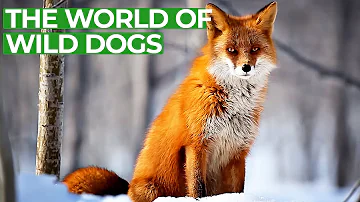
Wildlife - Just Wild Dogs | Free Documentary Nature
Wildlife - Episode 7: Just Wild Dogs | Wildlife Documentary Watch 'Wildlife - Episode 8' here: https://youtu.be/kglJpB4ei8o Run ...
Free Documentary - Nature
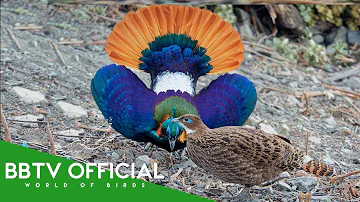
30 Most Beautiful Creatures On Earth (Order Galliformes) | Wildlife Documentary | BBTV Official
In the heart of the world's most remote forests and rugged highlands, where mist lingers over ancient trees and the wilderness ...
BBTV Official

Wildlife | Episode 3: Kangaroos - Kings of the Outback | Free Documentary Nature
Wildlife - Episode 3: Kangaroos - Kings of the Outback | Wildlife Documentary Watch 'Wildlife - Episode 4: World's Largest Land ...
Free Documentary - Nature

Breathtaking Nature in 4K | BBC Earth
From animal fights and nail-biting drama through to moments that tug on the heartstrings, we've combined some of our favourite ...
BBC Earth
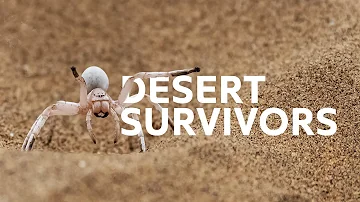
From Little to Large: The Wildlife That Survives Extreme Weather
Today, we'll travel through diverse wildlife habitats. We'll start in Asia's jungles with the giant Asian elephants, learning about their ...
All Out Wildlife

Wild Dogs Everywhere: Wolves, Foxes and Coyotes
Run with packs of free spirits … the planet's Wild Dogs. This full wildlife documentary is a celebration of Canines, from howling ...
Get.factual
🌍Habitat Information
The Borzoi typically inhabits Domestic, originally adapted to open grasslands and forests environments. Borzois have adapted to their environments with specialized features and behaviors.
Primary Habitat:
Domestic, originally adapted to open grasslands and forests
More detailed habitat information will be available soon.
🛡️Conservation Status
The Borzoi is currently classified as Least Concern. Conservation efforts are crucial for preserving this species for future generations.
Common Threats:
- 🏠Habitat loss and fragmentation
- 🌡️Climate change impacts
- 🎯Hunting and poaching
- 🏭Human-wildlife conflict
⚠️Threats & Conservation Challenges
Currently, the Borzoi faces few natural threats due to its domestic status and popularity among enthusiasts. However, the breed's genetic diversity is limited by small population sizes and selective breeding, leading to increased risk of hereditary health issues such as cardiac problems, osteosarcoma, and bloat (gastric torsion). Modern challenges include maintaining genetic health, responsible breeding practices, and adapting to urban environments that may not provide adequate space for exercise. Historically, mechanization and changes in hunting practices reduced the breed's working role, but it remains stable as a companion and show dog. There are no significant conservation concerns, and the global population is considered stable.
🔬Scientific Classification
Scientific Name
Canis lupus familiaris
Classification Hierarchy
🔍 About Taxonomic Classification
Taxonomic classification is a hierarchical system used by scientists to classify and organize living organisms based on shared characteristics and evolutionary relationships.
The system moves from broad categories (Kingdom) to increasingly specific ones, with each animal's scientific name typically consisting of its Genus and species.
📝Community Notes
Share your observations and insights about the Borzoi with our community of wildlife enthusiasts.
Join Our Community
Sign in to share your observations and connect with fellow wildlife enthusiasts.
Sign In to ContributeNo community notes yet
Be the first to share your observations about the Borzoi!
Explore Borzoi
Select a tab above to learn more about this amazing animal.
📸Photo Gallery
No photos available for this animal yet.
🌟Discover More Wildlife
Continue your journey of discovery with more fascinating animals from our database
